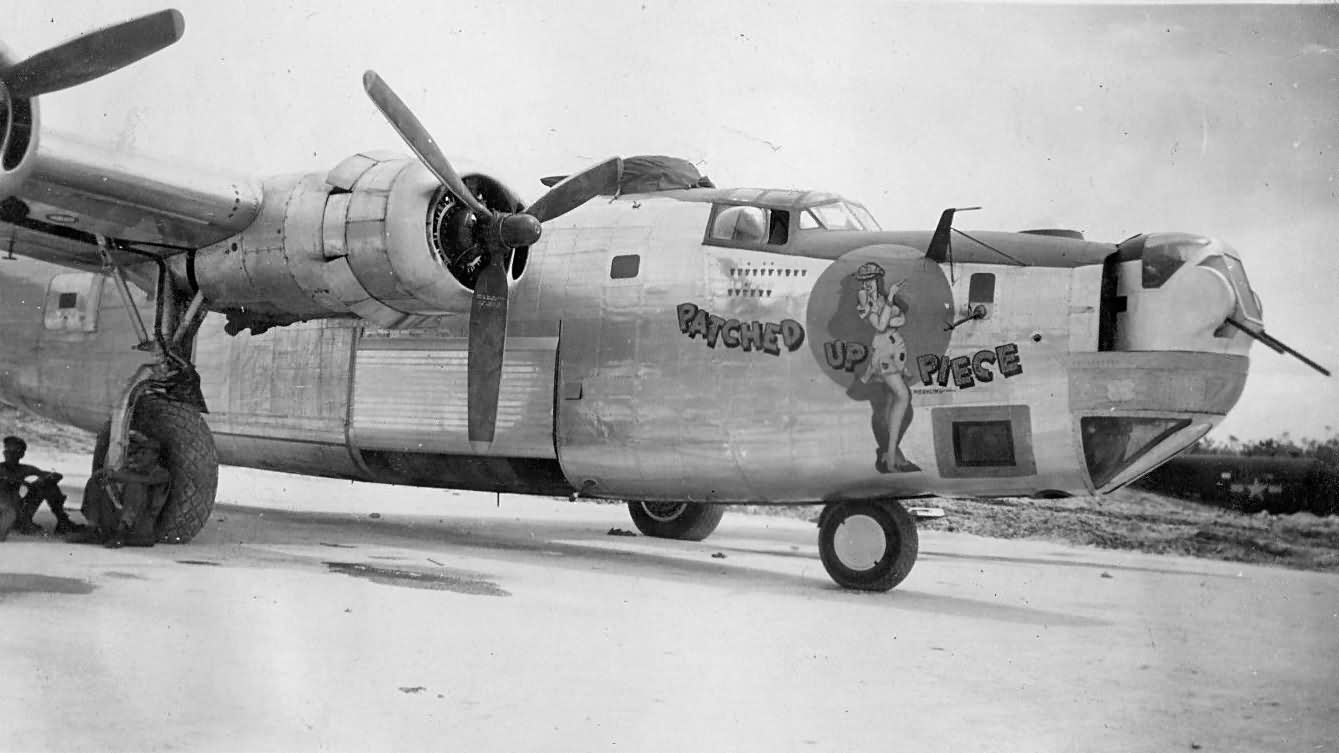The F-7A reconnaissance aircraft was primarily converted from existing B-24 Liberator bombers equipped with nose turrets. These modifications were carried out in USAAF Modification Centers. The aircraft retained its original defensive weaponry and could only be visually differentiated from standard bombers by the addition of camera windows in the rear bomb bay and nose. The F-7A’s distinctive feature was the oblique camera windows beneath the navigator’s compartment side windows. The aircraft’s nose housed a trimetrogon camera, complemented by additional windows for lateral cameras.
The navigator/bombardier area accommodated a three-camera setup for mapping, known as a trimetrogon system. This configuration used three cameras equipped with Metrogon lenses to capture vertical and oblique images. A specialized control panel operated the trimetrogon cameras, which were synchronized by an intervalometer installed in the forward bomb bay. This device controlled the camera shutters at predetermined intervals, allowing for time-lapse photography and capturing images at specific distances for creating three-dimensional effects.
To extend the aircraft’s range, auxiliary fuel tanks were placed in the forward bomb bay, and additional lighting was installed. The rear bomb bay was transformed into a camera bay, equipped with windows and mounts for reconnaissance cameras. The compartment was outfitted with a camera vacuum system, heating, lighting, and communication links. A padded crew area was constructed for photo technicians, complete with insulation and heating to protect the film. A table was provided for film handling, though full film magazines were typically supplied for each mission. A viewfinder and control panel were available for the photographer.
The trimetrogon camera system was primarily used for mapping mountainous terrain. It consisted of three wide-angle cameras with specialized filters and spirit levels for camera alignment. Additionally, two vertical cameras for stereoscopic photography were installed in the rear bomb bay. Later, a camera was added to capture radar screen images, aiding in navigation and target identification in adverse weather conditions. A total of eighty-nine F-7As were produced from B-24J Liberators.
A 1944 report criticized the F-7A’s design, highlighting issues with the trimetrogon camera’s vulnerability and the cramped conditions in the nose, hindering camera operations and maintenance. The report concluded that the aircraft’s camera configuration was inadequate.
